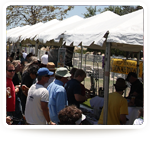 10 Ways to Simplify Vendor Management for Festivals
10 Ways to Simplify Vendor Management for Festivals
By Event Essentials
Organizing a festival is a massive undertaking — from booking talent to marketing to managing crowds. But one of the most time-consuming (and often stressful) aspects? Vendor management.
At Event Essentials, we’ve worked with hundreds of event organizers and have seen firsthand how streamlined vendor processes can make or break a festival. Whether you’re hosting a food truck rodeo, arts fair, or cultural celebration, these 10 tips will help you simplify vendor management and focus more on making your event unforgettable.
1. Use a Centralized Vendor Portal
Ditch the spreadsheets and PDFs. A centralized, cloud-based vendor portal lets all vendors apply, submit documents, pay fees, and track communications in one place. No more chasing down email attachments or payments!
Pro Tip: Event Essentials offers a customizable portal you can set up in minutes.
2. Automate Approvals and Confirmations
Manually reviewing every application wastes hours. Use automated workflows to screen vendors based on categories, availability, or requirements — then auto-send confirmation emails when approved.
3. Collect All Payments Online
Waiting on mailed checks? Not anymore. Accept credit cards, ACH, or even mobile payment options through secure online payment gateways. Vendors appreciate the convenience — and so will your finance team.
4. Require Digital Document Uploads
Eliminate lost paperwork by requiring vendors to upload permits, insurance, and health certificates directly into your system. Set due dates and reminders to stay compliant.
5. Visual Booth Mapping = Fewer Headaches
Drag-and-drop booth assignments let you visually place vendors by type, power needs, or proximity to amenities. You’ll reduce overlap, avoid confusion, and speed up setup day.
6. Create a Vendor Directory
Give attendees a searchable online vendor list — complete with categories, bios, menus, or product photos. It’s great marketing for your vendors and improves the attendee experience.
7. Send Mass Updates (Without the Chaos)
Need to alert vendors about setup times, rain plans, or parking changes? A bulk messaging tool (email or SMS) ensures every vendor gets the same info at the same time.
8. Provide a Setup Checklist
Vendors love clarity. Offer a standardized checklist outlining what they need to bring, how to load in, when to arrive, and where to park. Bonus points if it’s mobile-friendly.
9. Track and Analyze Vendor Performance
After your event, gather feedback from attendees and your staff. Track vendor no-shows, top sales, or those who left early. Use this data to improve future curation and build loyalty.
10. Offer Post-Event Perks
Send thank-you emails, early access invitations, and discounts for next year’s event. It’s a simple gesture that keeps your top vendors coming back — and recommending you to others.
🎉 Simplify Your Next Festival with Event Essentials
Managing dozens (or hundreds!) of vendors doesn’t have to be a logistical nightmare. With the right tools, you can turn vendor registration, payment collection, and communication into a seamless, professional experience.
Event Essentials was built specifically for event organizers like you — whether you’re hosting a local block party or a city-wide food festival.
👉 Ready to make vendor chaos a thing of the past?
[Schedule a free demo today] or explore our vendor tools at www.eventessentials.com
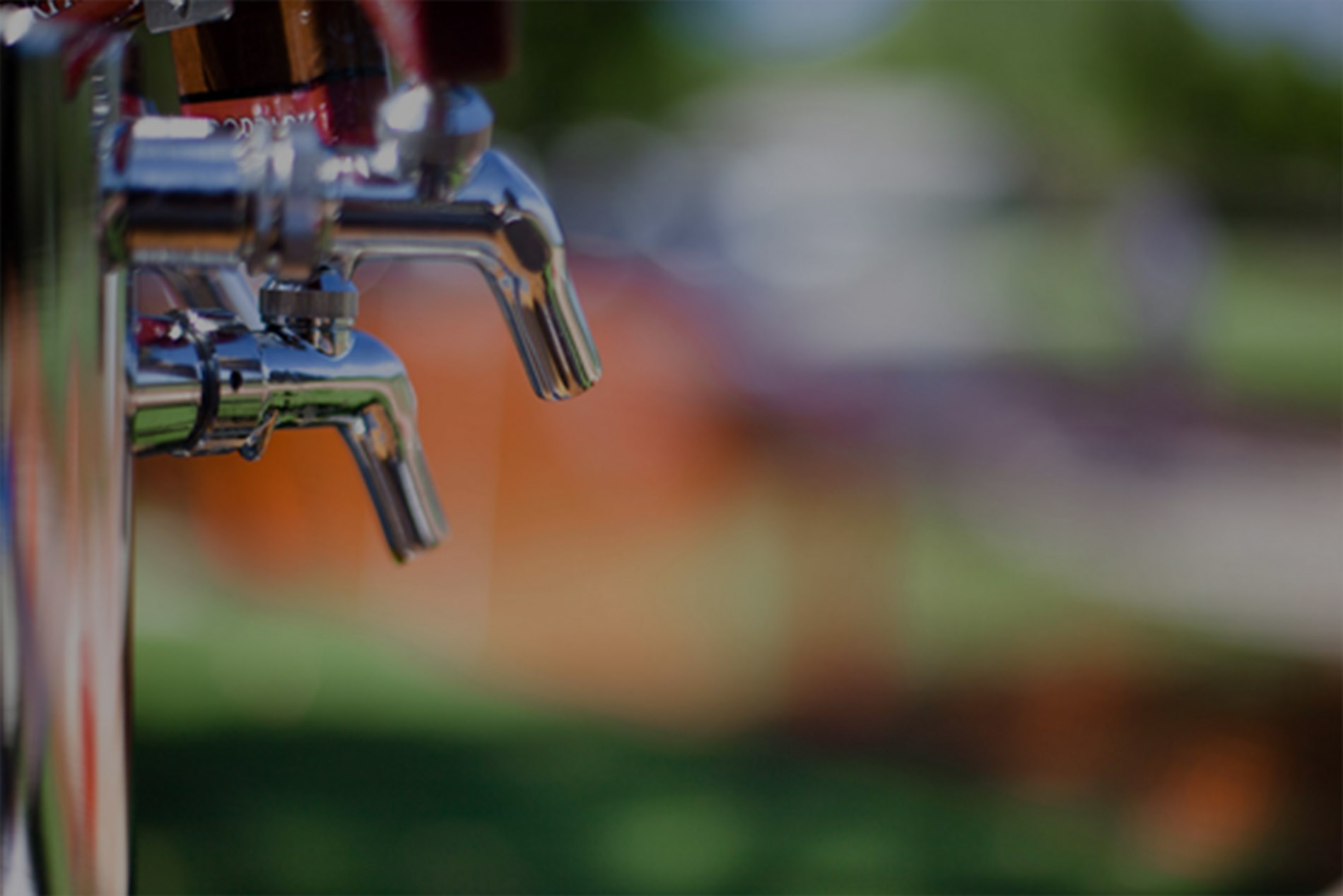
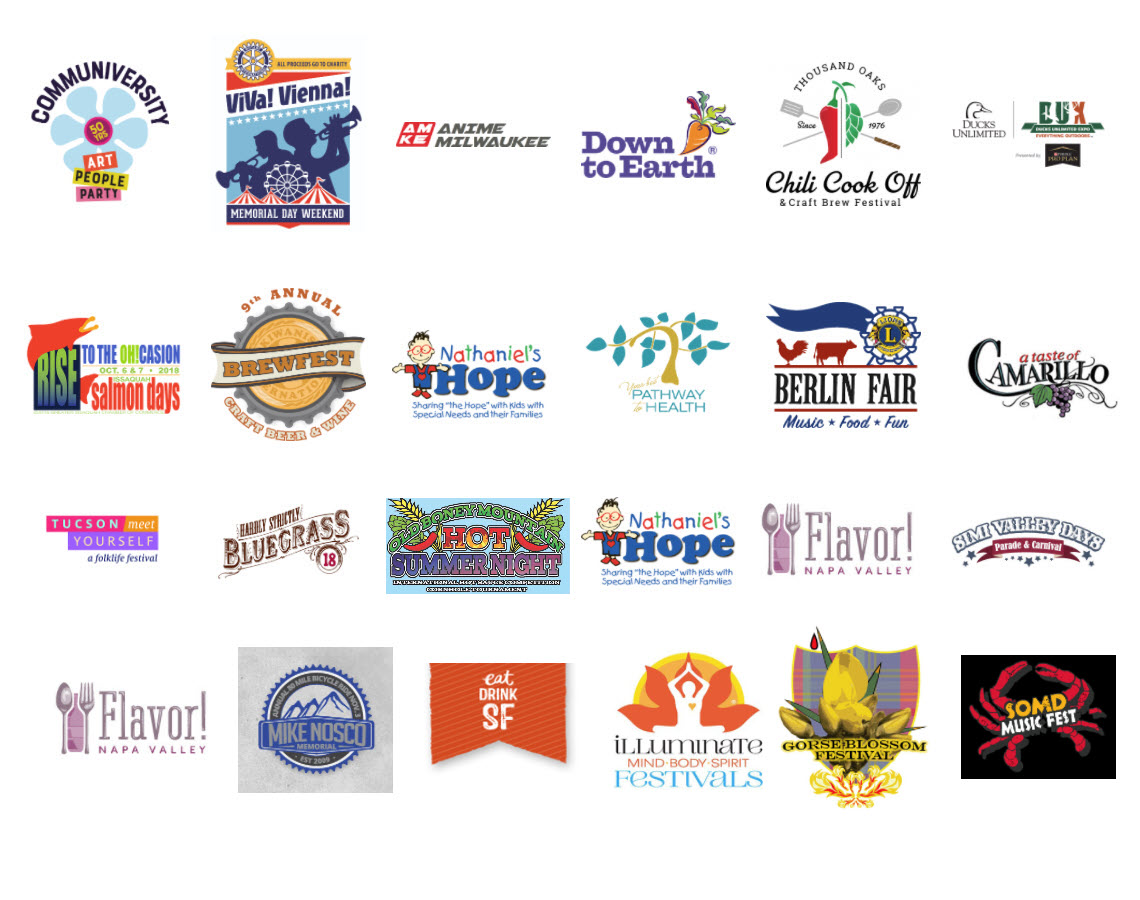

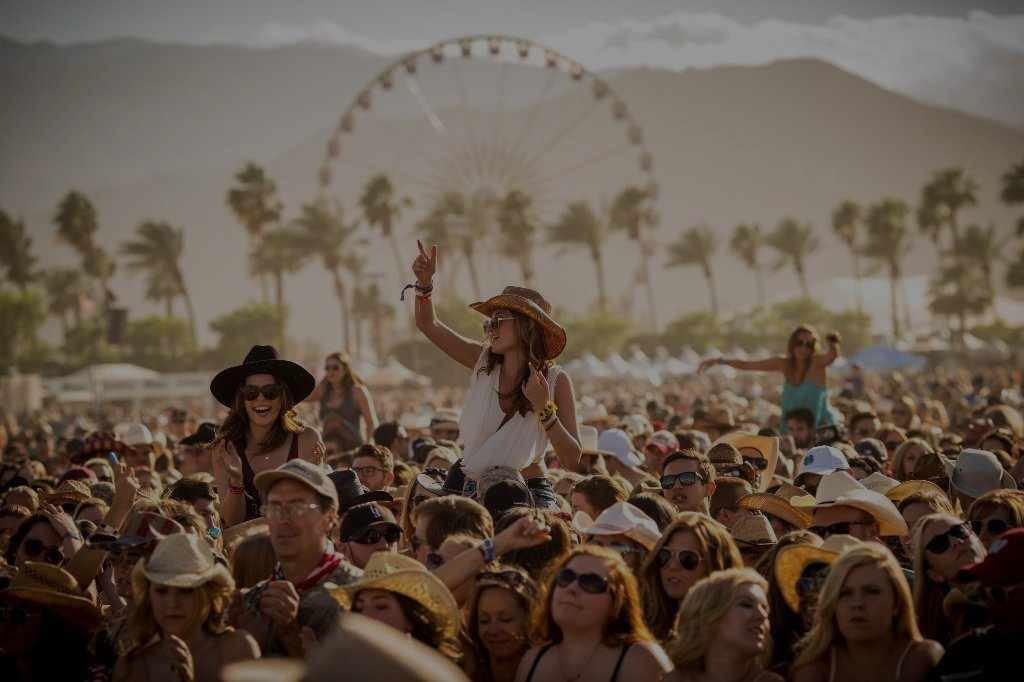
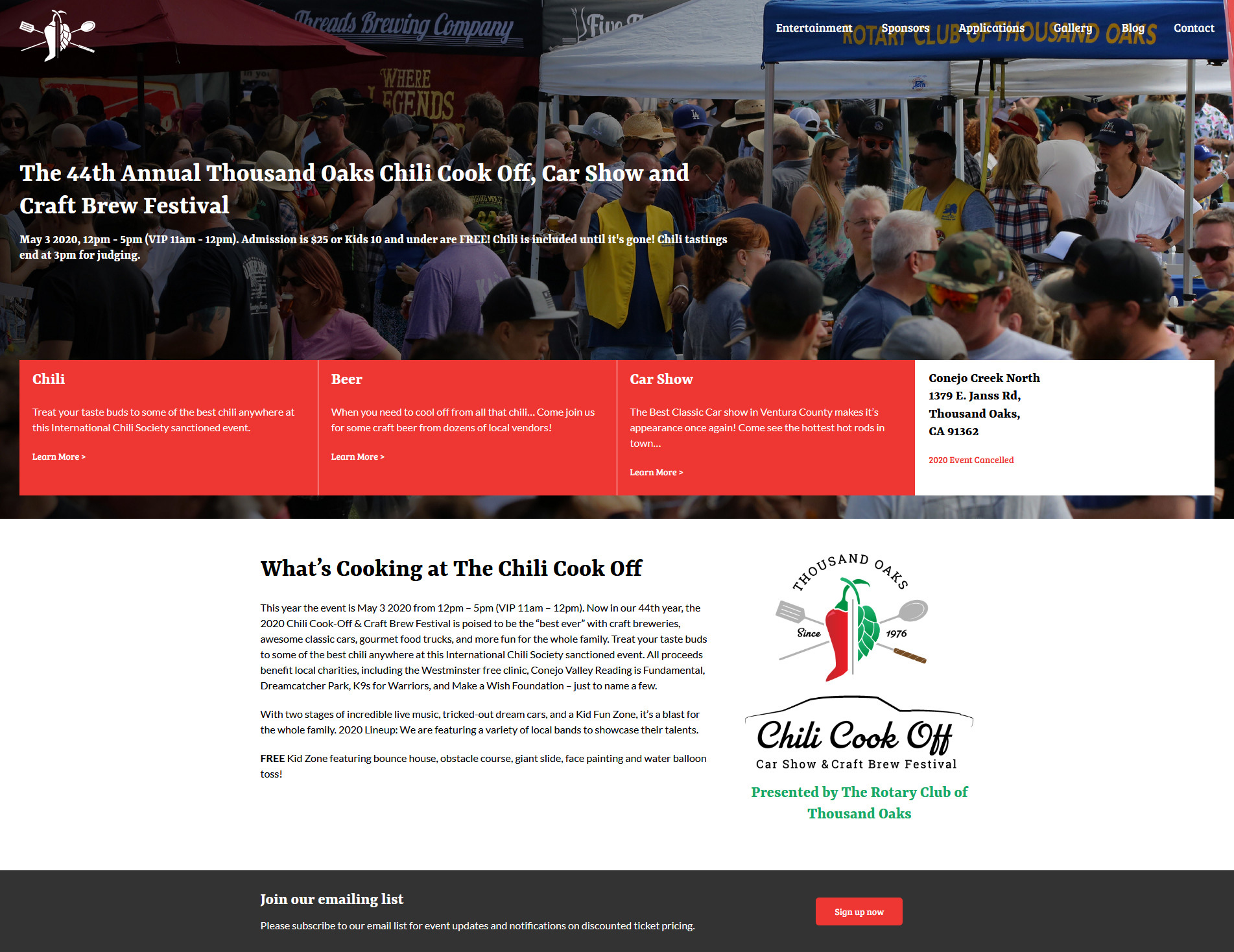

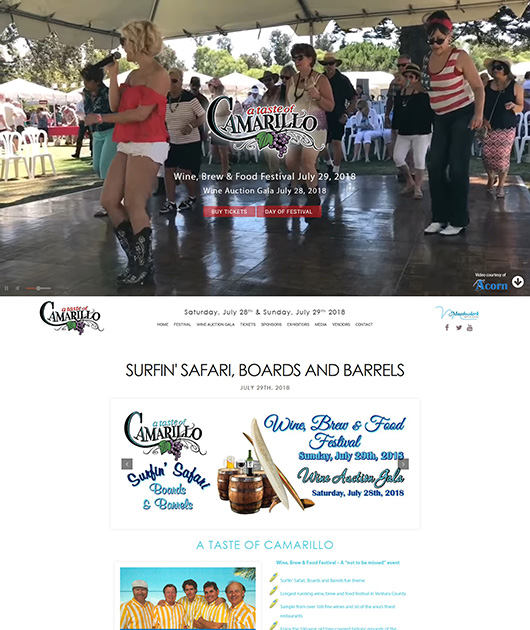

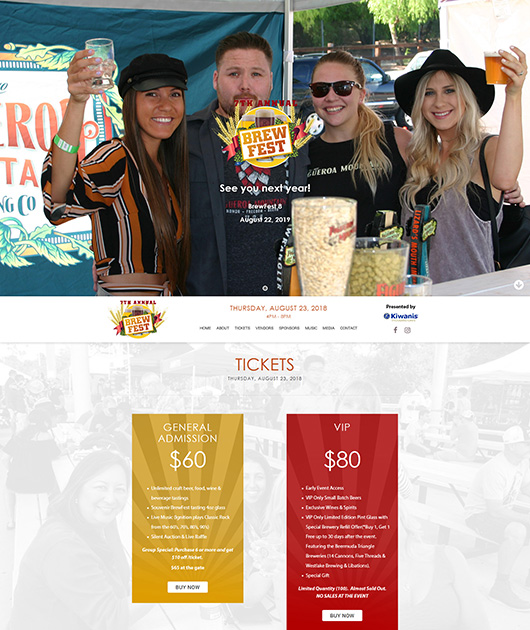


 Book a Free Demo
Book a Free Demo 10 Ways to Simplify Vendor Management for Festivals
10 Ways to Simplify Vendor Management for Festivals



